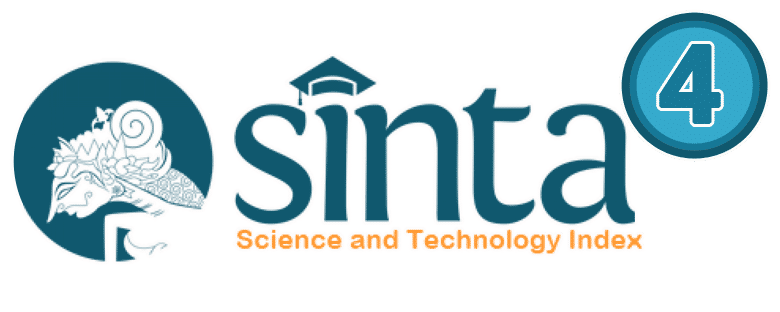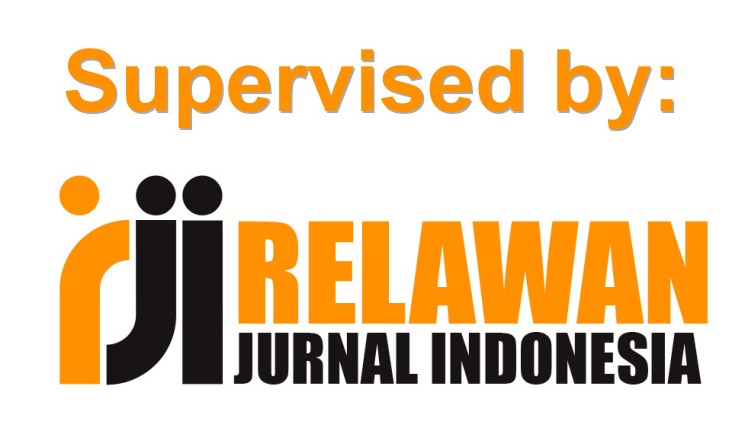GONDANG DAN SISTEM KEKERABATAN ETNIK ANGKOLA
DOI:
https://doi.org/10.24114/grenek.v7i2.10654Abstract
This study aims to find out the Angkola ethnic kinship system, to know Angkolagondang shape and to interpret the relationship of gondang and the ethnickinship system of Angkola. This research is based on a theoretical explainingthe understanding of gondang and the Angkola ethnic kinship system by usingthe theory of deconstruction, semiotics and ethnomusicology. This researchwas conducted from September 2017 to October 2017 in Kecamatan Arse,Simangambat Street, KM. 11, Arse Nauli. The research method used isdescriptive qualitative. The population in the study was non-existent and theresearch sample consisted of five indigenous figures and Angkola artists. Theresearch result explores that gondang and relatives of ethnic Angkola areneeded in showing their identity as ancestral cultural heritage which deservesto be appreciated by society. The relationship between gondang and the ethnickinship system of Angkola states that gondang is a representation of the kinshipsystem by looking at the relationship between each instrument in Angkolagondang ensemble which is a manifestation of na tolu transition in traditionalceremony.Downloads
Published
2018-10-11
Issue
Section
Grenek Music Journal
License
Copyright (c) 2018 LIDIA EPANGELIA

This work is licensed under a Creative Commons Attribution-ShareAlike 4.0 International License.
Authors published with the Grenek: Jurnal Seni Musik agree to the following terms:
- Authors retain copyright and grant the journal the right of first publication with the work simultaneously licensed under a Creative Commons Attribution License (CC BY-SA 4.0) that allows others to share the work with an acknowledgment of the work's authorship and initial publication in this journal.
- Authors are able to enter into separate, additional contractual arrangements for the non-exclusive distribution of the journal's published version of the work (e.g., post it to an institutional repository or publish it in a book), with an acknowledgment of its initial publication in this journal.
- Authors are permitted and encouraged to post their work online (e.g., in institutional repositories or on their website) prior to and during the submission process, as it can lead to productive exchanges, as well as earlier and greater citation of published work. (See The Effect of Open Access)








